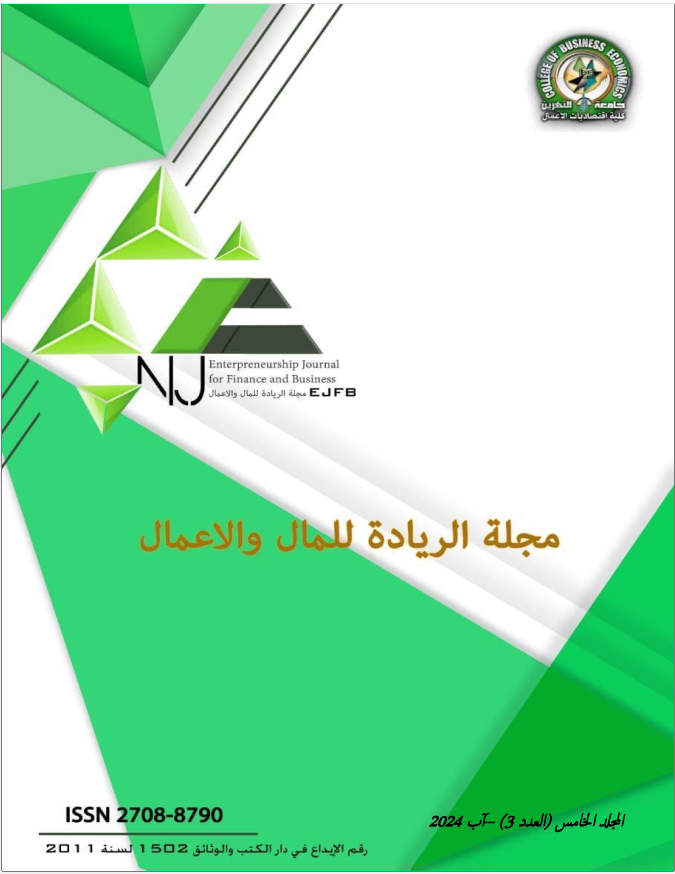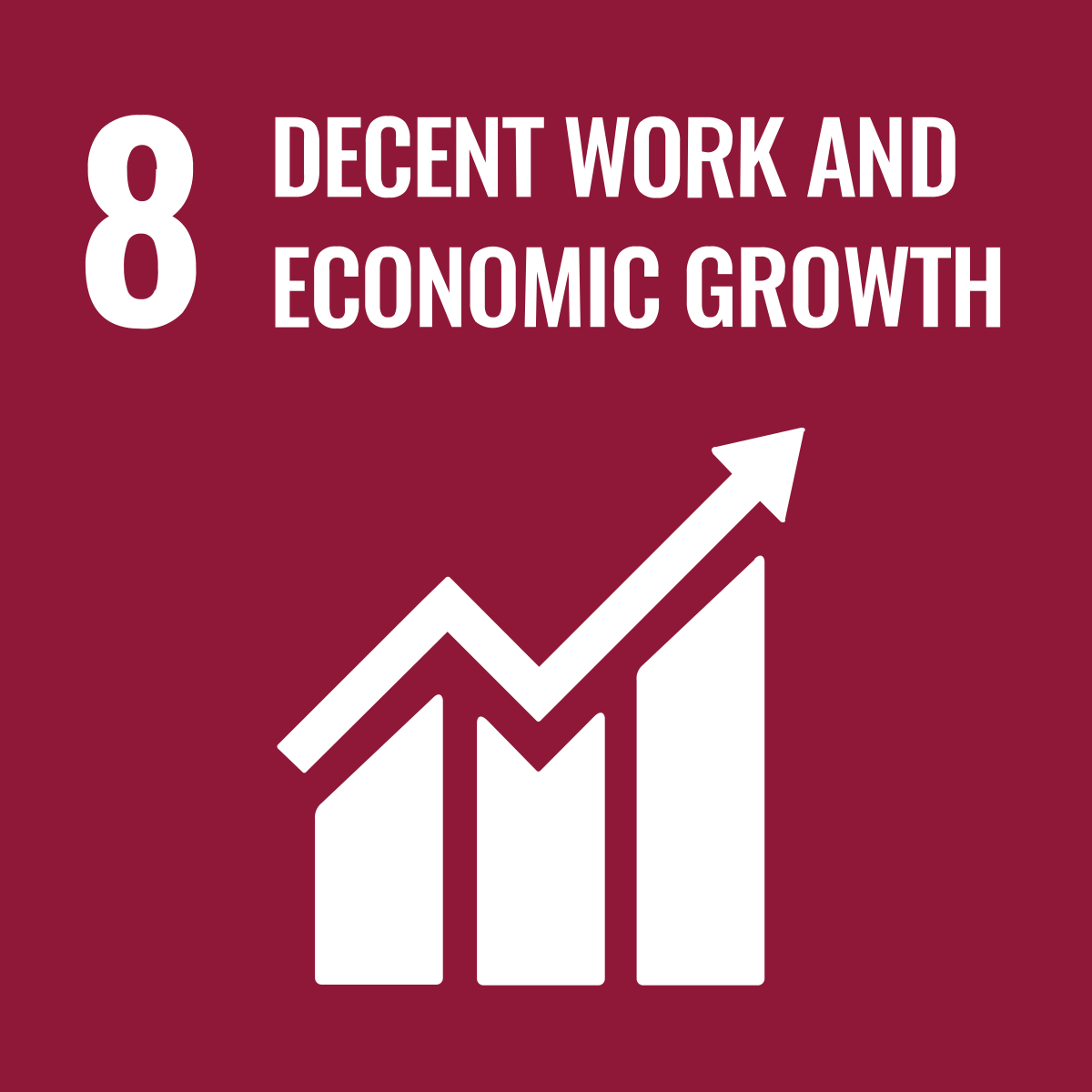Contributions of digital financial diversity to the quality of financial inclusion: An analytical study of Arab financial systems
DOI:
https://doi.org/10.56967/ejfb2024447Keywords:
financial digitization, financial inclusion, digital paymentsAbstract
Quarterly data were used, with (48) views, and a research problem was posed: Are the expected digital contributions to raising levels of financial inclusion addressed through the quality of digital financial services provided to a sample of the Arab countries under study for the period 2011-2022? The aim of study to shed light on the most important concepts, basics and emergence of financial digitization and financial inclusion, specifically the quality dimension and the extent to which it is affected by some indicators of financial digitization and attempt to disentangle some of the closely related concepts, as well as building a quantitative model capable of clarifying the size, impact and analysis of some indicators of financial digitization represented in (the procedure Or receiving digital payments for those in secondary education +15MPS, making or receiving digital payments for those in primary education or less (MRE), creating digital payments for adults over 25 years of age (MRA), creating digital payments for youth between 15-24 years of age (MRB), in the dependent variable represented by: , Quality/Education, represented by borrowing for health purposes (BHP), and Quality/Age, represented by the number of inactive accounts +15 NIA) by explaining its impact on the financial inclusion dimension (quality(
The ARDL model using the statistical program (Eviews 10) showed that there is a and (significant relationship) between the indicators of financial digitization and financial inclusion, represented by the quality dimension and the models that were tested and based on the global financial inclusion database The Global Findex Database 2021. study reached a set of Conclusions and proposals: Perhaps the most important of them is that the results of the short-term tests were consistent with the long-term results for the two variables with the same interpretation. The compatibility may also be due to financial theory and that those who are younger within this classification have new trends and care by parents for financial awareness and financial knowledge.
Downloads
Downloads
Published
How to Cite
Issue
Section
License
Copyright (c) 2024 نمير امير الصائغ، سهى نشوان جميل

This work is licensed under a Creative Commons Attribution 4.0 International License.
This is an Open Access article distributed under the terms of the creative commons attribution (CC BY) 4.0 international license which permits unrestricted use, distribution, and reproduction in any medium or format, and to alter, transform, or build upon the material, including for commercial use, providing the original author is credited.






